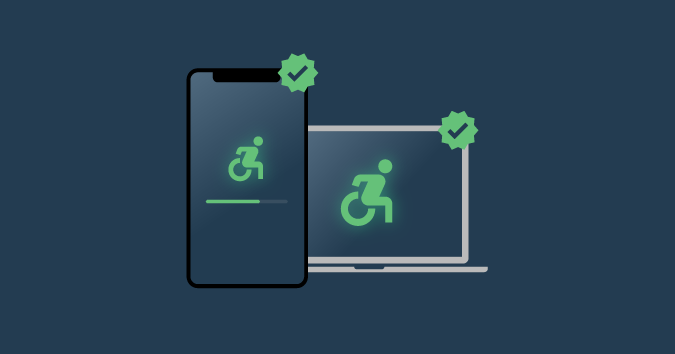Foundations of Inclusive Spatial Computing

Inclusive spatial computing is an emerging field that goes beyond creating immersive three-dimensional worlds to ensuring that these experiences are accessible to people of all abilities, cultural backgrounds, and economic situations[1]. At its core, inclusive design emphasizes the creation of products and interfaces that empathize with users, integrating adjustments such as clear typography, flexible layouts, and options for increased font size or dark mode to address issues like presbyopia and other age-related impairments[1]. This design philosophy forms the foundation for spatial computing where virtual environments must be developed not only for technological innovation but also for user comfort and dignity.
Design Guidelines for Diverse Abilities, Cultures, and Economic Backgrounds
To build spatial computing experiences that cater to a diverse audience, designers must integrate guidelines that prioritize accessibility and inclusivity. For example, interfaces should allow users with visual impairments to navigate through keyboard-only interactions, scalable text, and high contrast ratios as recommended by WCAG standards[11]. In addition, employing semantic HTML elements and ARIA roles in digital interfaces ensures that screen readers can properly interpret content, aiding users with limited sight or cognitive disabilities[11].
Beyond physical and cognitive accessibility, it is essential to consider cultural inclusivity. Utilizing multiple language options, culturally appropriate imagery, and form fields that allow for varied demographic inputs (such as flexible gender options or multiple race selections) ensures that spatial experiences are relevant and welcoming across cultures[9].
Finally, designers must acknowledge economic disparities by creating adaptable solutions that work on lower-end hardware or through web-based access protocols. This approach ensures that immersive experiences are not confined solely to users with high-end technology but are accessible to a broader audience regardless of economic status[8].
Toolkits, Testing Methods, and Best Practices
A range of toolkits and testing methods support the creation of inclusive spatial computing experiences. For instance, accessibility testing is a critical component that combines automated tools—such as WAVE and axe DevTools—with manual testing processes including keyboard navigation assessments and screen reader simulations[7]. These practices help detect barriers for users with visual, auditory, cognitive, and motor disabilities early in the development process.
In the realm of spatial computing, development engines like Unity and Unreal Engine, along with augmented reality platforms such as Apple's ARKit and Google's ARCore, provide the means to create immersive 3D environments. Additionally, platforms like Stage Meta and Decentraland offer accessible creation tools that lower the barrier for non-technical users by incorporating AI-powered functionalities to streamline worldbuilding and personalization[13].
Testing methods include both in-person usability sessions and remote user interviews, ensuring that diverse participant groups are engaged in the research and assessment process. This inclusive research approach, as highlighted by UX research best practices, involves recruiting participants from various demographic backgrounds to uncover usability issues that might otherwise remain hidden[3].
Moreover, employing multiple feedback channels such as surveys, interviews, and real-time analytics (like heatmaps) not only boosts participation rates but also provides actionable insights for iterative design improvements[8].
Strategies and Best Practices for Implementation
Successful projects in inclusive spatial computing integrate continuous learning and cross-disciplinary collaboration as key strategies. Teams must invest in cultural competence training to better understand user challenges and contextual differences, which improves overall project success rates and fosters trust among target audiences[8].
In addition, employing inclusive user research methodologies from project inception helps identify potential biases. For example, ensuring that research teams themselves are diverse can lead to more balanced research outcomes and, in turn, more inclusive interface designs[3].
Real-world case studies reveal that inclusive design not only enhances the user experience but also drives business growth. Companies that address accessibility issues and include features such as scalable text, clear navigation, and adaptable interaction models often see improvements in customer engagement and satisfaction[7].
Lastly, collaboration with local organizations and community partners is recommended to reach marginalized populations and continuously update design personas based on field feedback. This ensures that spatial computing environments remain dynamic and sensitive to evolving user needs across different economic and cultural spectra[9].
Get more accurate answers with Super Pandi, upload files, personalized discovery feed, save searches and contribute to the PandiPedia.
Let's look at alternatives:
- Modify the query.
- Start a new thread.
- Remove sources (if manually added).







